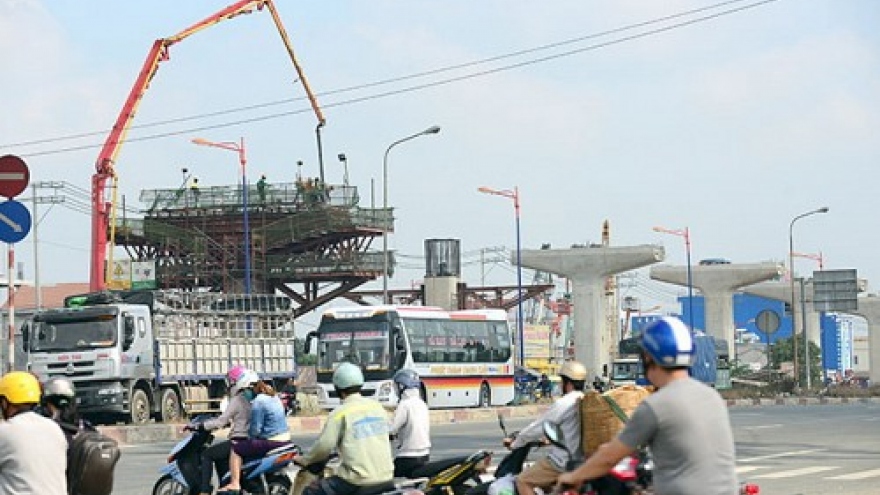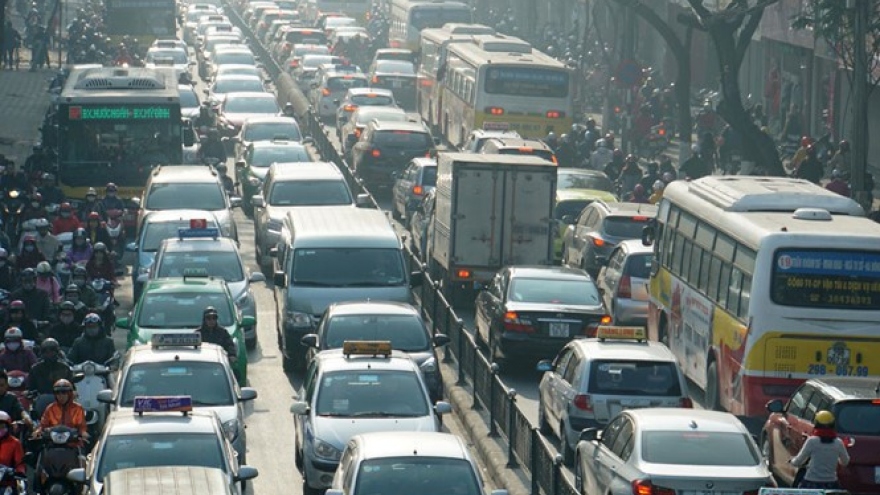A new report from Hanoi Transport Service Corporation said bus passengers in the first quarter dropped 14% from a year ago to 82 million.
Buses were a common means of transport in Hanoi in the 2000s. But it has continued losing popularity, after reaching its peak in 2012 with 416 million travelers.
The number last year was down 7.5% from 2014, according to the company’s figures.
Regular surveys from the company found most of the passengers happy with its service, but complaints are also aplenty.
Leaders from the company said the goal was to promote the use of public transport and restrict individual vehicles. But in Hanoi, the existence of bus services is now threatened by the rapid surge in cars and motorbikes.
Officials said at a meeting last December that the crowded city has 18,000-20,000 new motorbikes and 6,000-8,000 new cars registered every month, not to mention vehicles brought in by migrants.
The numbers are expected to rise further from 2018 when several taxes on vehicles are cut, possibly reaching one million cars and seven million motorbikes by 2020.
Public buses in Vietnam now have to share the same lanes with other vehicles and constant traffic jams may make them a much less appealing choice than motorbikes.
Major construction projects in 2015 also affected bus routes in the capital.
Low fuel prices also make cheap public bus tickets no longer attractive compared to taxis or motorbike taxis (xe om), according to the transport company.
Despite low passengers, Hanoi bus revenue still increased in recent years thanks to higher fares, which now cost less than half a dollar for a journey longer than 30 kilometers.




